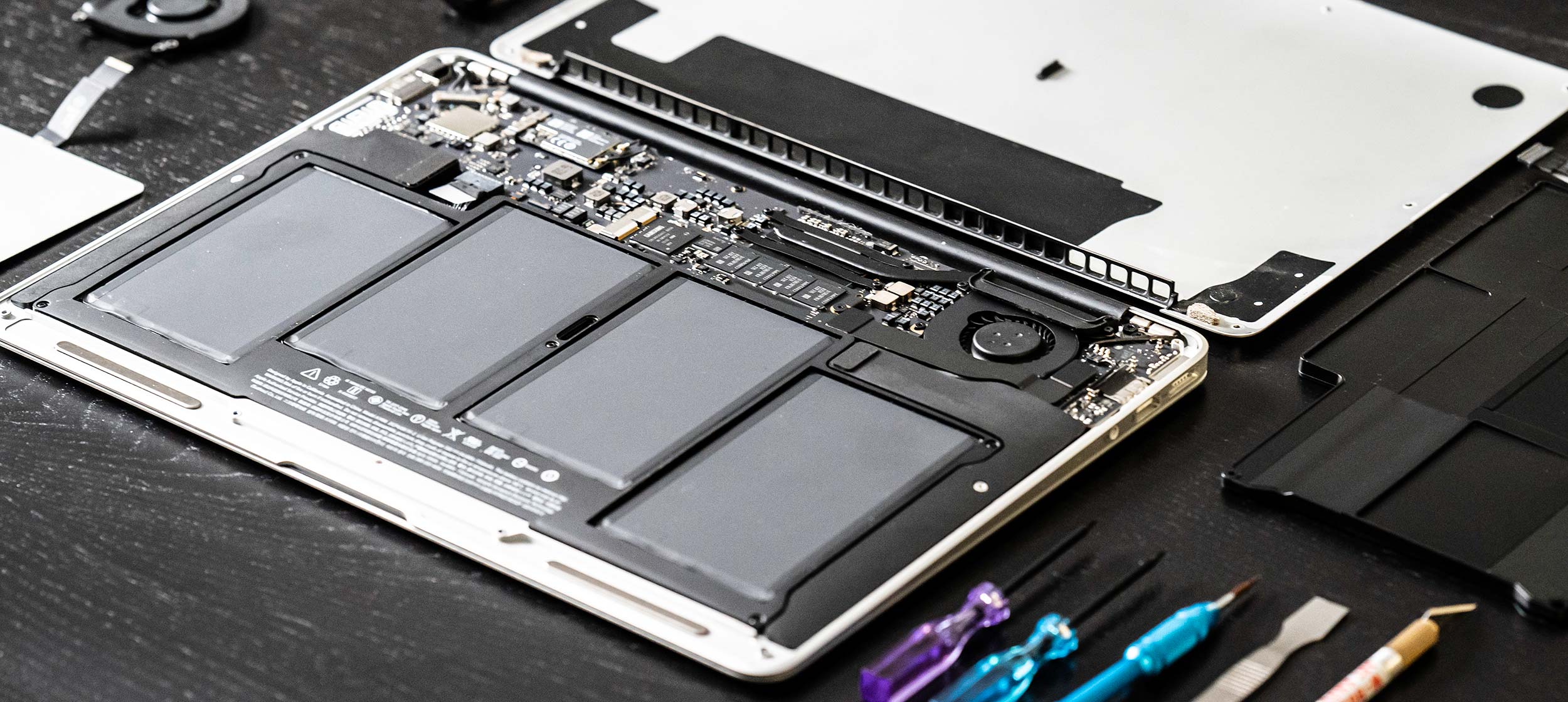

Trubleshooting MacBook Repair Issues
Resetting NVRAM (non-volatile random-access memory) on a MacBook can help resolve a variety of issues related to system settings and hardware configuration. NVRAM is a small portion of memory that stores settings like display resolution, startup disk selection, speaker volume, time zone, and more. Resetting NVRAM clears these settings and can potentially address issues caused by corrupted or incorrect settings.
Resetting NVRAM can also clear settings related to firmware and hardware configurations, which might help if certain hardware components aren't functioning as expected.
To reset NVRAM or PRAM, hold these keys: Option + Command + P + R
Here are some issues that resetting NVRAM might help with:
1. Display Issues:
Incorrect or distorted display resolution.
Issues with external display recognition.
Problems with brightness or color settings.
2. Startup and Boot Issues:
Inability to select the startup disk.
Slow or stuck startup process.
Frequent or unexpected system crashes during startup.
3. Audio and Sound Problems:
No sound or distorted audio output.
Volume settings not functioning properly.
4. Time Zone and Date/Time Issues:
Incorrect time or time zone settings.
Frequent time and date resets.
5. Battery and Power Management:
Unusual battery behavior, such as rapid draining.
Charging issues or incorrect battery status reporting.
6. Keyboard and Trackpad Problems:
Unresponsive or erratic behavior of the keyboard or trackpad.
Function keys not working as expected.
7. Network and Connectivity Issues:
Wi-Fi connection problems.
Bluetooth connectivity issues.
8. Kernel Panic and System Stability:
Frequent kernel panics or system freezes.
9. Firmware and Hardware Configuration
If you have any more questions you can contact us by clicking here.